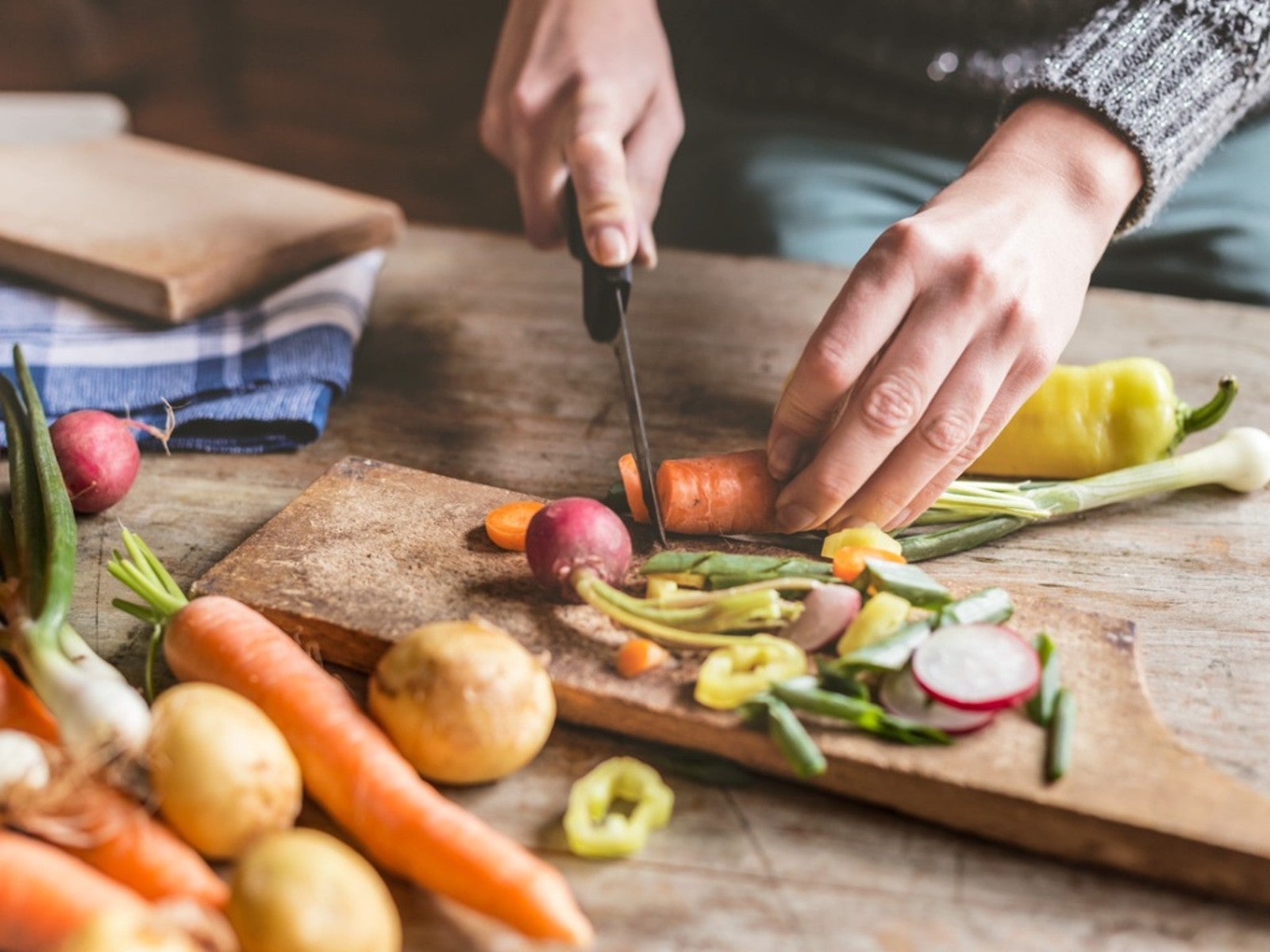5 Garden To Table Tips - Garden To Table Meaning And More


It’s easy to get lost in the “gardening” part of vegetable gardening, at least for this gardener. I rejoice in seeing the bright, vibrant leaves of healthy vegetables, yet may not put as much emphasis on the harvesting and eating part of the equation.
That’s where “garden to table” comes in. The very purpose of vegetable gardening is to provide organic, healthy, delicious fare for the table. So here are a few garden-to-table tips that can help keep us all on track.
Garden to Table Meaning
Think of “garden to table” as your own, very personal version of the social movement called “farm to table,” that has been shaking up restaurants around the country for the last decade. In the farm to table movement, restaurants source their ingredients from local farms, rather than buy products grown halfway across the nation.
The purpose of the farm-to-table movement is not protectionism, although it does support local farmers. The main idea is to get the most from our food. Eating locally sourced vegetables means eating healthier, since fresh produce can be eaten soon after being harvested, without shipping delays or freezing.
When it comes to our own gardens, farm to table becomes garden to table. The trick for gardeners is to wear two hats at the same time: to plant and tend your crops with all the attention of a gardener, while selecting and harvesting veggies and fruits with the sharp eye of a cook.
Garden to Table Tips
Here are five important tips that will speed you on the way to cooking garden to table:
- Select plants you love to eat. While this may seem obvious, it does not come naturally to a gardener. I for one tend to pick veggies that grow well in my backyard soil and climate. My default focus is on growing healthy plants, not growing veggies I will enjoy consuming. Anyone who has produced dozens too many zucchinis will understand this issue. When you change your focus to cooking garden-to-table, your priority shifts from growing to eating and your selection of seeds may change too.
- Grow in raised beds or pots. When it comes to growing veggies, raised beds or large containers can work just as well or better than regular beds. That means that even those without a big back yard can produce crops you love with pots on the patio or porch. That means less overcrowding and better control of drainage and exposure.
- Good soil remains essential. Garden to table growing requires good soil, so stock up on lightweight potting soil that drains well. Replace it every season, or at least after two seasons.
- Sunlight is key. Most vegetables and fruits need at least six hours a day of direct sun to reach their potential. That’s why pots work well – you can move them around to achieve this exposure even if some parts of your yard are in shade. For lower-light areas, grow leafy greens. There are thousands of interesting varieties and fresh salads start with fresh greens.
- Herbs make a meal. Fresh herbs can make the difference between ordinary and extraordinary garden-to-table dining and are easy to grow in pots. Many great herbs are perennials but don’t forget to plant annual favorites like parsley and cilantro as well. They add a spike of flavor to almost any dish.
Sign up for the Gardening Know How newsletter today and receive a free copy of our e-book "How to Grow Delicious Tomatoes".

Teo Spengler is a master gardener and a docent at the San Francisco Botanical Garden, where she hosts public tours. She has studied horticulture and written about nature, trees, plants, and gardening for more than two decades, following a career as an attorney and legal writer. Her extended family includes some 30 houseplants and hundreds of outdoor plants, including 250 trees, which are her main passion. Spengler currently splits her life between San Francisco and the French Basque Country, though she was raised in Alaska, giving her experience of gardening in a range of climates.